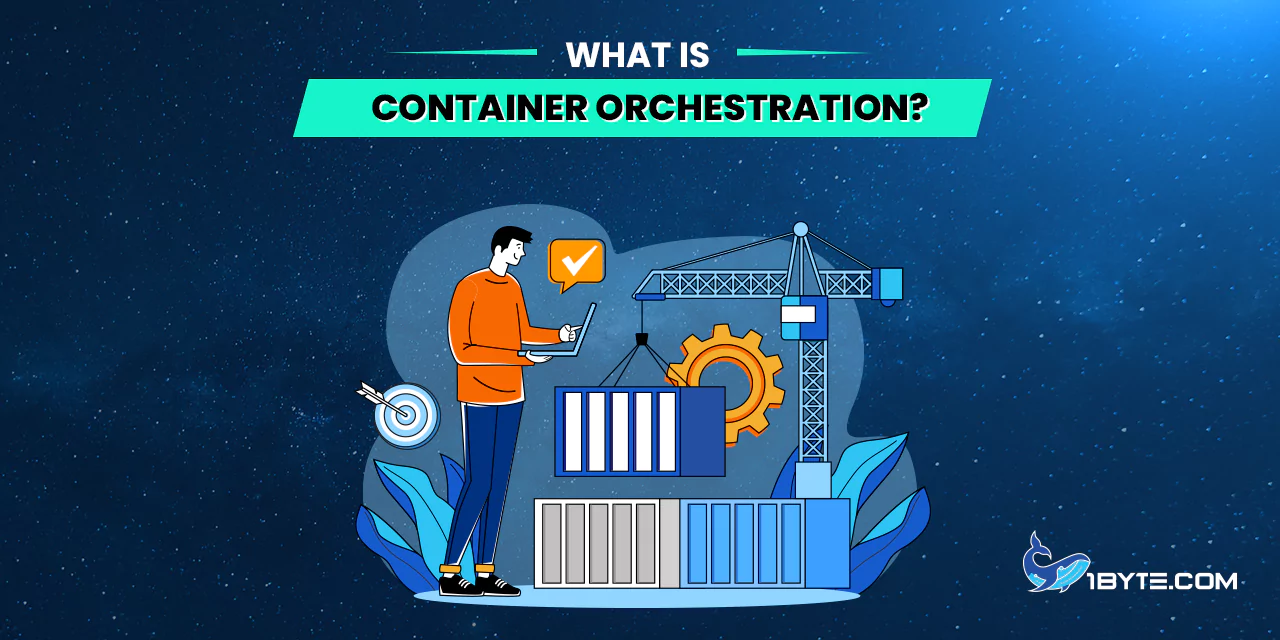In the world of modern software deployment, “What is Container Orchestration?” emerges as a crucial question. Container orchestration involves managing the deployment, scaling, and operation of containerized applications. This dynamic process streamlines complex tasks through automation. Instead of manually handling each container, orchestration tools like Kubernetes efficiently distribute workloads, automatically scale based on demand, and ensure high availability. To grasp the significance of container orchestration, one must delve into its features, benefits, and popular tools like Kubernetes and Docker Swarm. Through this exploration, a deeper understanding of how container orchestration transforms application management unfolds.
An Overview
Container orchestration plays a pivotal role in managing and scaling modern applications. What is container orchestration, you ask? It’s the art of efficiently handling multiple containers to ensure they work harmoniously together.
What is container orchestration?
Container orchestration, often called the “conductor” of containerized applications, is the process of automating the management of containers. These containers house software and its dependencies, enabling consistent and portable deployment across different environments. However, as applications grow complex, running multiple containers manually becomes unwieldy.
Container orchestration takes on this complexity. It involves using specialized tools to streamline the deployment, scaling, and operation of containers. Imagine a symphony where each container is a musician; container orchestration directs each musician to play their part in harmony, ensuring the entire composition runs smoothly.
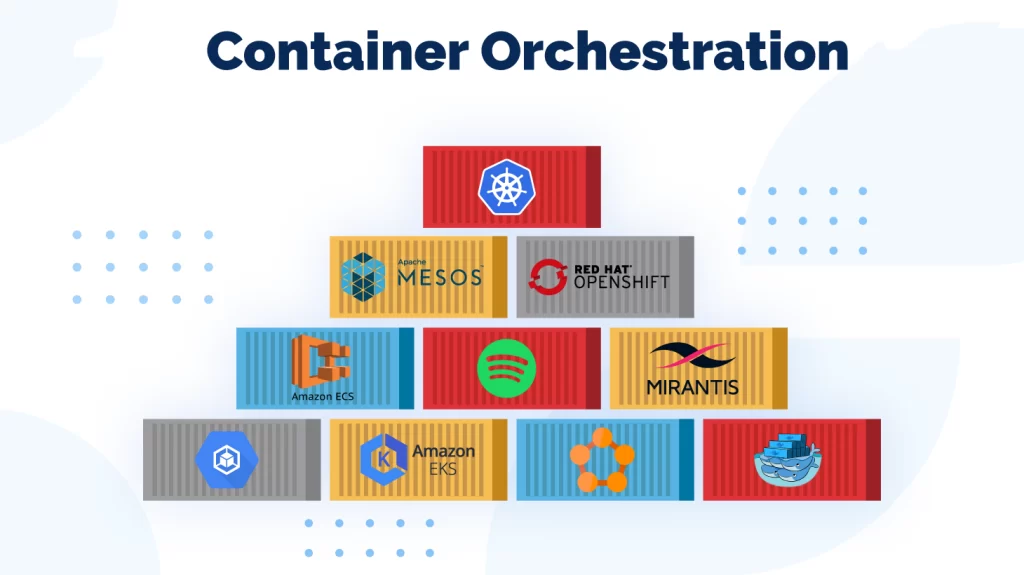
Key aspects of container orchestration include automated provisioning of containers, dynamic scaling to adapt to varying loads, distribution of workloads for optimal performance, and recovery mechanisms to handle failures.
In essence, container orchestration ensures that containers work together efficiently as a cohesive unit, handling tasks such as resource allocation, load distribution, and fault tolerance. This orchestration minimizes manual intervention, leading to better resource utilization and enhanced application reliability.
Growing importance of containerization in modern software development
Containerization, a type of operating system virtualization, has emerged as a transformative force in software development. This technology isolates applications from other processes, enabling them to function consistently across various environments. Since its inception around 2008, containerization’s significance has soared, driven by the rise of cloud-native practices and the need for faster software development.
In recent years, the adoption of container technology has become widespread within organizations, thanks to its ability to facilitate streamlined deployment and management of applications. Major cloud providers like Amazon Web Services (AWS), Microsoft Azure, and Google Cloud have even introduced container registries on their platforms, simplifying container workload management.
Docker, an influential player in the containerization landscape, held a substantial 27 percent market share in 20222. Meanwhile, contenders like LXC and Kubernetes secured the second and third positions, emphasizing the diversity within the containerization field. A survey conducted by IBM shed light on the growing trend of container adoption, with 61% of respondents revealing their use of containers in over 50% of new applications built in the past two years3. Moreover, 64% of adopters anticipated converting 50% or more of their existing applications into containers over the next two years.
In the ever-evolving landscape of software development, containerization has become not just a buzzword, but a pivotal strategy for enhancing flexibility, scalability, and efficiency. This adoption trend has laid a strong foundation for the emergence of container orchestration, which takes these advantages a step further by automating the management of containerized applications.
Recommended reading: 5 Essential Tools for Simplifying Cloud Infrastructure Management
4 Key Features of Container Orchestration
Container orchestration is more than just managing containers; it’s about optimizing their deployment, scaling, and operation. This section sheds light on the four pivotal features that make container orchestration a game-changer in modern application management.
Automated provisioning and deployment of containers
Container orchestration takes the hassle out of managing containers. It starts with automated provisioning and deployment, a game-changing feature that ensures containers are up and running swiftly. Manual setup can be time-consuming and error-prone, but container orchestration tools eliminate these concerns.
When “What is Container Orchestration” is answered, automation stands out as a cornerstone. Instead of configuring each container individually, orchestration tools automate the process. With a simple command, a complex application can be deployed across multiple containers seamlessly.
Imagine a scenario: An application requires multiple services, each in its container. Manually, setting this up could lead to discrepancies and downtime. But with automated provisioning, containers are spun up uniformly and efficiently, guaranteeing consistency.
This feature not only saves time but also reduces human error. It ensures that the deployed containers match the desired state, enhancing reliability. Automation is the guiding principle, enabling developers to focus on building, while orchestration handles the meticulous work of deployment.
Dynamic scaling based on traffic and resource demands
One of the exceptional aspects of container orchestration is its ability to achieve dynamic scaling. Unlike static setups, where resources remain fixed, orchestration introduces flexibility that aligns with real-time needs.
What is container orchestration without the capability to respond to surges in demand? This is where dynamic scaling comes into play. When traffic increases, orchestration tools automatically spawn additional containers to handle the load. Conversely, during lulls, excess containers can be pruned, freeing up resources.
Consider an e-commerce website during a flash sale. Traffic spikes momentarily, demanding more resources to keep up with demand. Orchestration tools detect this and swiftly add containers to distribute the load. As traffic normalizes, excess containers are gracefully removed to avoid overutilization.
This feature ensures optimal resource utilization and cost efficiency. Containers are utilized as needed, preventing wastage and minimizing expenses. It’s a responsive mechanism that ensures applications remain responsive under varying conditions.
Dynamic scaling brings a level of adaptability to containerized applications that traditional setups can’t match. Whether it’s accommodating high traffic during events or gracefully handling reduced loads during quieter periods, dynamic scaling adds a layer of intelligence to application management.
Load balancing for efficient resource utilization
In the realm of container orchestration, load balancing emerges as a crucial strategy for optimizing performance. Applications often experience varying levels of demand, and load balancing ensures that this demand is evenly distributed among containers.
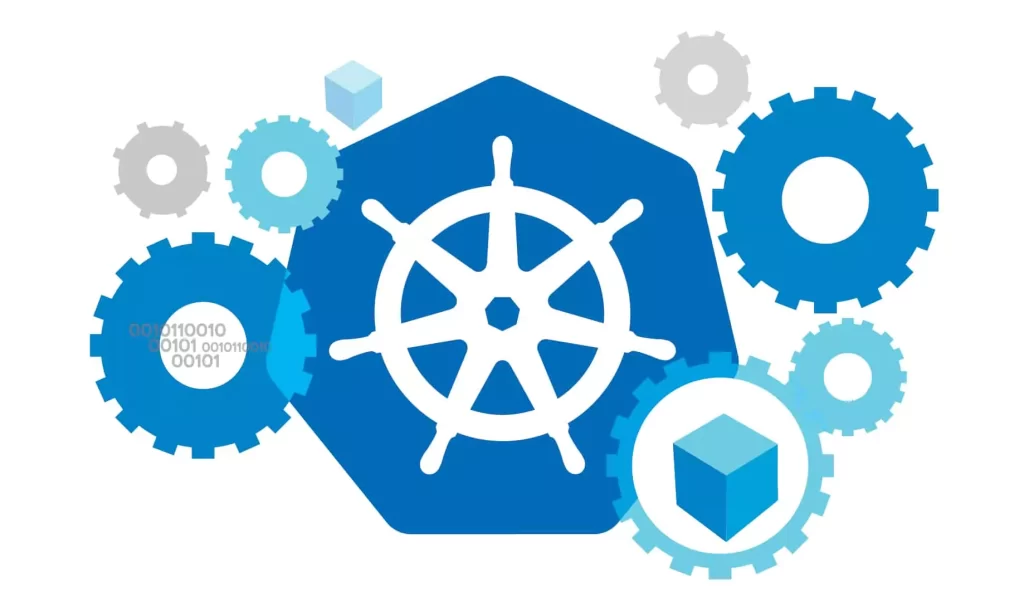
When discussing what container orchestration is, load balancing comes to the forefront. Orchestrators distribute incoming requests across containers, preventing any single container from becoming overwhelmed. This dynamic distribution ensures that no single component is a bottleneck, enhancing responsiveness.
Consider a scenario: An online service witnesses a surge in users. Without load balancing, some containers might get swamped while others remain underutilized. With orchestration’s load balancing, incoming requests are intelligently directed to containers with available resources, preventing overloads.
Efficient resource utilization is the hallmark of load balancing. Containers share the load, making the most of available resources and preventing waste. As a result, applications deliver consistent performance, regardless of fluctuations in demand.
Load balancing is an invisible yet powerful aspect of container orchestration. It harmonizes the efforts of containers, ensuring that work is distributed fairly and resource utilization is optimized. This mechanism ensures applications remain responsive even during peak activity.
Self-healing and fault tolerance mechanisms
In a world where system failures are inevitable, self-healing is a valuable trait. Orchestration tools monitor the health of containers and services. If a container becomes unresponsive or crashes, the orchestration system automatically detects this and takes corrective action.
Imagine a container that encounters an error due to a software bug. Without self-healing, this could lead to application downtime. However, with orchestration, the faulty container is quickly identified and replaced with a healthy one, ensuring uninterrupted service.
Fault tolerance is closely related, focusing on maintaining system stability when issues arise. Containers can be distributed across multiple nodes, and if a node fails, the workload is shifted to another node. This seamless transfer ensures that the application remains operational.
Both mechanisms enhance application reliability. Failures are addressed proactively, reducing downtime and minimizing user impact. This creates an environment where applications exhibit resilience and availability, even under challenging conditions.
Recommended reading: Virtual Networking Demystified: Understanding the Basics and Benefits
4 Popular Container Orchestration Tools
This section delves into four popular container orchestration tools that have gained significant traction in modern software development. Each has its unique strengths, making the task of managing containerized applications even more efficient.
Kubernetes
When talking about what container orchestration is, Kubernetes deserves a spotlight. Developed by Google and now maintained by the Cloud Native Computing Foundation (CNCF), Kubernetes has become the go-to choice for container orchestration. It’s like the maestro leading an orchestra of containers.
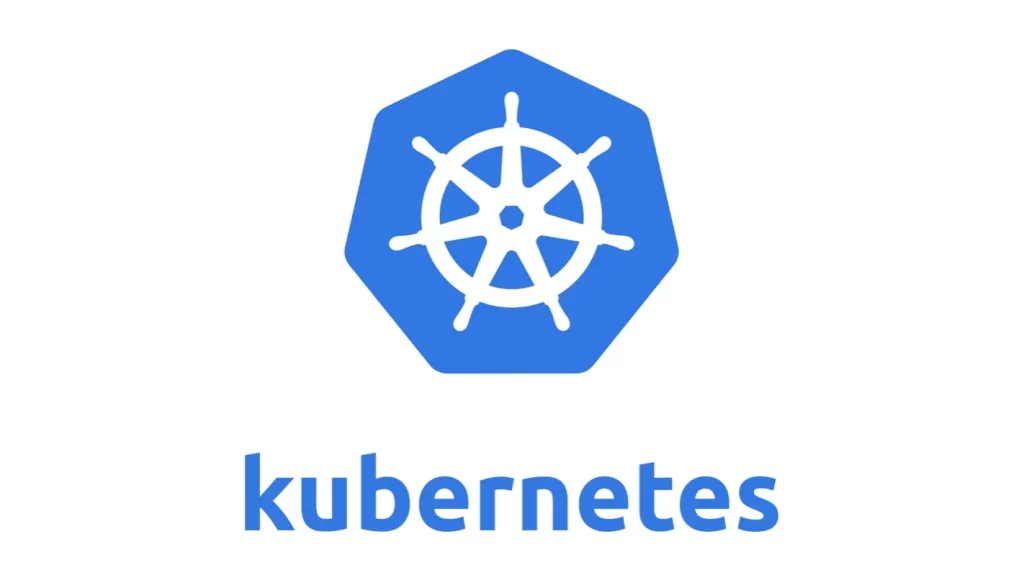
Kubernetes excels in its ability to manage and automate the deployment, scaling, and operation of application containers across clusters of hosts. It provides an extensive set of features, making it suitable for both small projects and complex enterprise setups.
At its core, Kubernetes introduces the concept of pods—logical units that group one or more containers together. These pods can be replicated and distributed, ensuring redundancy and availability. Kubernetes also tackles load balancing, ensuring even distribution of traffic.
Scaling is where Kubernetes truly shines. It can scale applications up or down based on demand, ensuring optimal resource utilization. Additionally, Kubernetes offers robust networking and storage solutions, allowing containers to communicate and share data seamlessly.
Kubernetes boasts a vibrant ecosystem of plugins, extensions, and third-party tools that enhance its capabilities even further. Its declarative approach to management—specifying desired state and letting Kubernetes handle the rest—makes it a powerful choice for those seeking automation and scalability.
Google Kubernetes Engine
In the realm of container orchestration, Google Kubernetes Engine (GKE) emerges as a powerhouse. As the name suggests, it’s Google’s managed Kubernetes service, designed to simplify the deployment, management, and scaling of containerized applications.

GKE offers seamless integration with Google Cloud Platform, making it a go-to choice for those already invested in Google’s ecosystem. It allows developers to focus on building applications while leaving the complexities of infrastructure management to the engine.
One of the standout features of GKE is its automated scaling. As demand fluctuates, GKE dynamically adjusts the number of containers, ensuring efficient resource utilization and consistent performance. This feature is particularly beneficial for applications with varying workloads.
Moreover, GKE provides robust security features, including automatic updates, identity and access management, and encryption. This enables developers to focus on coding without compromising on security.
For organizations seeking simplicity and efficiency, Google Kubernetes Engine offers an intuitive platform to orchestrate containerized applications. It’s a strategic choice, especially for those looking to harness the power of Kubernetes while leveraging the benefits of Google Cloud Platform.
Docker Swarm
Docker Swarm stands out for its simplicity and integration with the Docker ecosystem. As an orchestration tool, it builds on the familiar Docker platform, making it an accessible choice for those already using Docker containers.
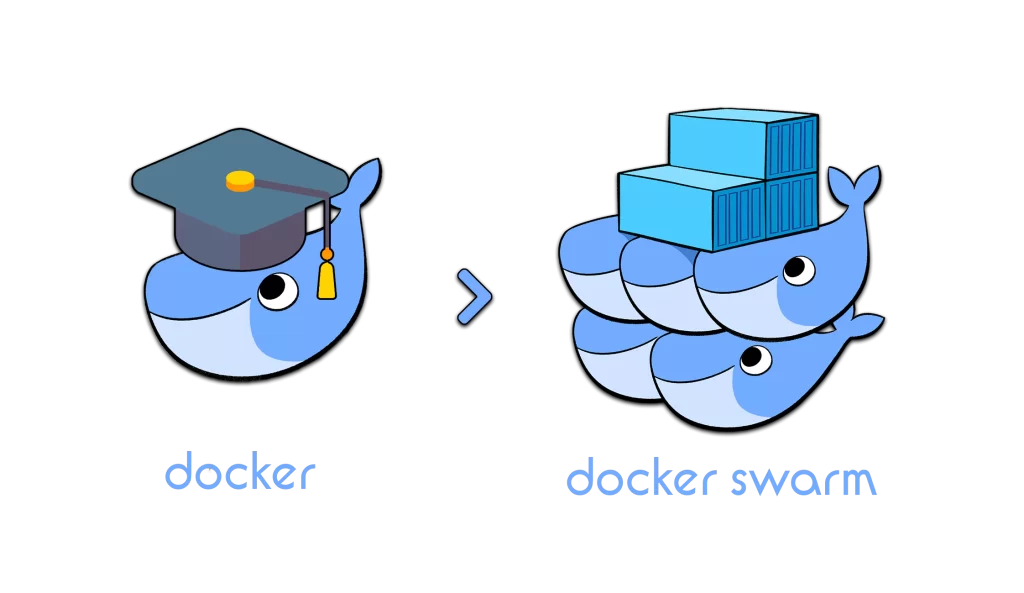
Docker Swarm enables the creation of a cluster of Docker nodes, where containers are deployed and managed. This cluster serves as a unified unit that ensures high availability and scalability.
One of the unique features of Docker Swarm is its ease of use. Setting up a swarm requires minimal configuration, and scaling applications is as straightforward as issuing simple commands. This simplicity makes it a great entry point for those new to container orchestration.
Swarm uses a built-in load balancing mechanism to distribute incoming requests across containers, ensuring efficient resource utilization. It also supports automated rolling updates, allowing applications to be updated without downtime.
While Docker Swarm might not be as feature-rich as some other orchestration tools like Kubernetes, its user-friendly approach makes it a strong choice for smaller projects and teams seeking quick setup and management.
Amazon ECS
Amazon ECS (Elastic Container Service) shines as a robust container orchestration option within the Amazon Web Services (AWS) ecosystem. It’s designed to simplify the deployment, management, and scaling of containerized applications, making it a strategic choice for those deeply embedded in the AWS environment.

Amazon ECS operates based on the concept of task definitions, where you specify how your application should run in a container. These tasks are then managed and orchestrated across a cluster of Amazon EC2 instances or AWS Fargate, a serverless compute engine.
A noteworthy feature of Amazon ECS is its deep integration with other AWS services. This includes seamless integration with Amazon VPC for networking, AWS Identity and Access Management (IAM) for security, and CloudWatch for monitoring.
Scalability is another strength of Amazon ECS. As your application’s demands change, you can easily scale up or down by adjusting the number of tasks in your cluster. This ensures optimal resource allocation without overprovisioning.
For organizations invested in AWS, Amazon ECS provides a familiar and well-integrated platform for container orchestration. It streamlines the process of managing containerized applications within the AWS environment, aligning with the principles of scalability and reliability.
FURTHER READING: |
1.Virtual Machine Host 101: Everything You Need to Know |
2.How to Choose a Web Hosting Provider That Meets Your Needs |
3. How Virtualized Infrastructure Transforms IT Operations |
Leverage 1Byte’s strong cloud computing expertise to boost your business in a big way
1Byte provides complete domain registration services that include dedicated support staff, educated customer care, reasonable costs, as well as a domain price search tool.
Elevate your online security with 1Byte's SSL Service. Unparalleled protection, seamless integration, and peace of mind for your digital journey.
No matter the cloud server package you pick, you can rely on 1Byte for dependability, privacy, security, and a stress-free experience that is essential for successful businesses.
Choosing us as your shared hosting provider allows you to get excellent value for your money while enjoying the same level of quality and functionality as more expensive options.
Through highly flexible programs, 1Byte's cutting-edge cloud hosting gives great solutions to small and medium-sized businesses faster, more securely, and at reduced costs.
Stay ahead of the competition with 1Byte's innovative WordPress hosting services. Our feature-rich plans and unmatched reliability ensure your website stands out and delivers an unforgettable user experience.
As an official AWS Partner, one of our primary responsibilities is to assist businesses in modernizing their operations and make the most of their journeys to the cloud with AWS.
Conclusion
In the ever-evolving landscape of software development, understanding what container orchestration is has become paramount. Container orchestration transforms the way applications are deployed, managed, and scaled, ushering in a new era of efficiency and reliability. The dynamic nature of modern software demands tools that can seamlessly manage containerized environments, and orchestration steps up to the plate.
From automated provisioning to dynamic scaling, load balancing, and fault tolerance mechanisms, container orchestration brings a symphony of benefits to the table. It empowers organizations to harness the full potential of container technology, enabling applications to run smoothly even in the face of challenges.
The landscape of container orchestration tools offers a plethora of options, each with its strengths. Kubernetes, Docker Swarm, Google Kubernetes Engine, and Amazon ECS cater to diverse needs, making container management accessible to businesses of all sizes.

